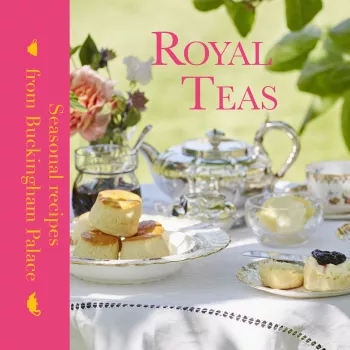Queen Elizabeth II's recipe for Drop Scones
This type of small pancake is made all over the world and is often known as a ‘drop scone’ or ‘Scotch pancake’ – it is very similar to American breakfast pancakes. After you make these, you can enjoy them with butter, jam or maple syrup – all are equally good!
This recipe was sent by Queen Elizabeth II to President Eisenhower in 1960.
Children should have adult supervision when cooking
Ingredients
- 1 free-range egg
- 2 tablespoons unrefined caster sugar
- 1 teaspoon unsalted butter, melted
- 250ml full-fat milk
- 1 teaspoon bicarbonate of soda
- 240g plain flour
- 2.5 teaspoons baking powder
- 1.5 teaspoons cream of tartar (if needed you can substitute baking powder for both the cream of tartar and the bicarbonate of soda)
- 100g clarified unsalted butter
Equipment
Pancake griddle or non-stick frying pan
Method
- In a mixing bowl sieve together the dry ingredients: flour, bicarbonate of soda, cream of tartar and sugar. Add to this the milk and egg and whisk to a smooth batter, finally adding the warm melted butter.
- Pass through a sieve to get rid of any lumps and if necessary thin with more milk. The batter should have a dropping consistency, but remain thick enough to retain its shape on the griddle.
- Heat the griddle (or frying pan) over a medium heat and grease with clarified butter. Using a dessert spoon or small ladle, carefully pour spoonfuls of the batter on to the griddle. After one side has cooked, flip the scones with a palette knife to cook the other. Once you feel more confident you can cook a few scones at a time, being careful not to let them over-cook on either side.
- Serve warm with butter and home-made preserves.








